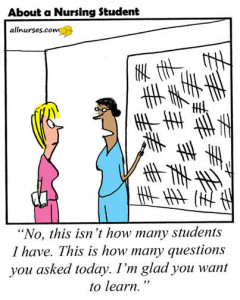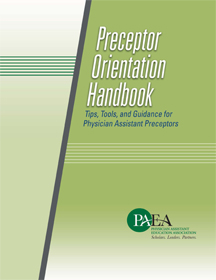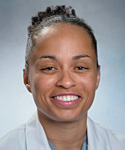Editor’s Note: This post about PA education was previously published in In Practice, which is hosted by the New England Journal of Medicine and NEJM Journal Watch.
In 2010, there were 146 accredited physician assistant (PA) programs in the United States. Today, we have 200 and that number continues to grow annually. I see this rapid growth as a double-edged sword. On the one hand, physician assistants fill a crucial role in the healthcare team delivering high-quality care to patients — so it stands to reason that more of us would aid in combating access issues. On the other hand, such rapid growth has led to a younger, less-experienced applicant pool. Some PA programs that used to require applicants to have 1,500 to 2,000 patient care hours are being forced to seriously consider candidates with fewer hours in order to keep applicant numbers high and remain competitive with schools that do not require hands-on hours. With this new, younger cohort of PAs graduating, it is imperative that they receive not only a valuable classroom experience, but also high-quality clinical rotations. Since many newer candidates lack meaningful direct patient care experience prior to school, they cannot afford to have any clinical rotations in which most of their time is spent observing. They need to be taught. WE need to teach them.
 The PA brand is known for its excellent clinical care, reliability, and a keen ability to connect with patients. I feel strongly that as a practicing PA it is part of my duty to the profession to ensure that graduating PAs maintain that legacy. I sometimes worry that expanding too quickly will dilute our profession. Flooding the field with intelligent young PAs who perform well in the classroom but lack meaningful experience in caring for or relating to patients changes our professional identity. As practicing PAs (and other providers that precept our students), we must do our part to help prevent this by giving each and every student who rotates with us a quality experience. I precept several students each year and am no stranger to the amount of extra time and effort it requires, but we can’t forget that these students will soon be certified and could be taking care of our friends and family.
The PA brand is known for its excellent clinical care, reliability, and a keen ability to connect with patients. I feel strongly that as a practicing PA it is part of my duty to the profession to ensure that graduating PAs maintain that legacy. I sometimes worry that expanding too quickly will dilute our profession. Flooding the field with intelligent young PAs who perform well in the classroom but lack meaningful experience in caring for or relating to patients changes our professional identity. As practicing PAs (and other providers that precept our students), we must do our part to help prevent this by giving each and every student who rotates with us a quality experience. I precept several students each year and am no stranger to the amount of extra time and effort it requires, but we can’t forget that these students will soon be certified and could be taking care of our friends and family.
 I urge all PAs to open up their practices to one or more students from a local/regional program (a list of programs can be found here). Share your pearls with them. Mentor them. Help create a positive learning environment for them to gain not only experience, but also (and maybe more importantly) a sense of responsibility. Your efforts will create the foundation that allows our high-quality PA brand to remain potent and durable. The investment is worth it.
I urge all PAs to open up their practices to one or more students from a local/regional program (a list of programs can be found here). Share your pearls with them. Mentor them. Help create a positive learning environment for them to gain not only experience, but also (and maybe more importantly) a sense of responsibility. Your efforts will create the foundation that allows our high-quality PA brand to remain potent and durable. The investment is worth it.
PA Preceptor Handbook (Physician Assistant Education Association membership required for the e-version or you can request a copy from your affiliate PA institution.)



